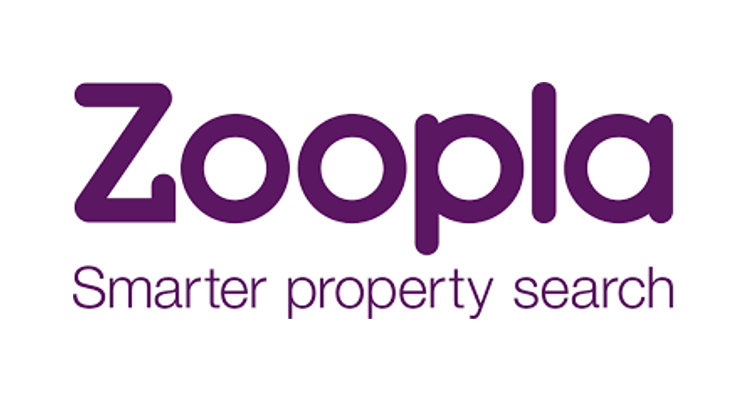Insurance Fees Under Fire: Why Transparency is the Only Way Forward
By Robert Poole, Director – Block Management, Glide Property Management, part of LRG
As scrutiny of service charges continues to intensify, one line item consistently stands out: insurance. In residential block management, insurance costs are often among the most significant components of the service charge and, increasingly, among the most contentious. The focus isn’t just on price, but on transparency, especially where managing agents or freeholders receive commission.
The Financial Conduct Authority (FCA) has highlighted widespread concerns in its 2022-2023 reports on multi-occupancy buildings. Among the findings were excessive commissions, a lack of disclosure, and practices that undermine leaseholder trust. These revelations have triggered calls for reform, including a potential shift to a model of “permitted insurance payments,” where any commission or fee must be disclosed and justified.
This isn’t just a regulatory debate. For managing agents, it strikes at the heart of how value is demonstrated and trust is maintained. In an era where leaseholders are more informed and empowered, opaque insurance arrangements are no longer defensible. Agents who persist with outdated practices risk reputational damage, legal challenge, and commercial loss.
The case for reform is strong. Insurance placement is not a passive task. It requires active involvement – gathering building data, interpreting fire risk assessments, coordinating with brokers, answering underwriter queries, and handling claims. For larger or more complex schemes, the process can be intensive and time-consuming. It’s entirely reasonable that managing agents are paid for this work. However, that payment must accurately reflect the actual input and be presented transparently.
The problem arises when fees are hidden within inflated premiums or structured as percentage-based commissions unrelated to the actual workload. Leaseholders often see the total premium figure but have no visibility into what portion of that cost is retained by the agent or passed to intermediaries. This lack of clarity erodes confidence and encourages the perception that agents are profiting unfairly.
Transitioning to a permitted payments model would help restore trust. It would separate the cost of insurance from the cost of administering it. Managing agents would charge a disclosed, fixed fee for their role, ideally tied to the complexity of the work involved. Leaseholders would see exactly what they’re paying for, and why.
Some forward-thinking agents are already operating this way. Rather than waiting for regulation to compel change, they’re reviewing internal structures, capping commissions, and communicating fees. These agents understand that transparency isn’t a threat, it’s a competitive advantage. It creates stronger relationships with leaseholders, smoother AGMs, and fewer disputes.
There are additional benefits, too. A transparent approach reduces the risk of challenge at tribunal, supports justification for fee levels, and reinforces broader efforts to professionalise the sector. It also aligns with wider industry trends, including leasehold reform and enhanced disclosure obligations under the Building Safety Act.
Technology can support this transition. Digital platforms now make it easier for residents to access itemised budgets, receive real-time updates, and view clear documentation on procurement processes. They also enable better audit trails and faster responses to queries, both of which are essential when explaining insurance costs.
Of course, reform isn’t without its challenges. Not all agents have the in-house capacity to restructure overnight. Brokers and insurers may also need to adapt their systems and pricing models. But the direction of travel is clear. The days of unexplained percentages and bundled commissions are coming to an end.
Ultimately, the question isn’t whether agents can charge for insurance administration. It’s whether they can explain the value they add. The answer, increasingly, must be yes, and must be provable.
Those who embrace transparency now will be well-positioned to navigate regulatory changes, retain client trust, and strengthen their market position. Those who don’t risk being left behind. In a sector where trust is currency, transparency is no longer optional; it’s essential.









